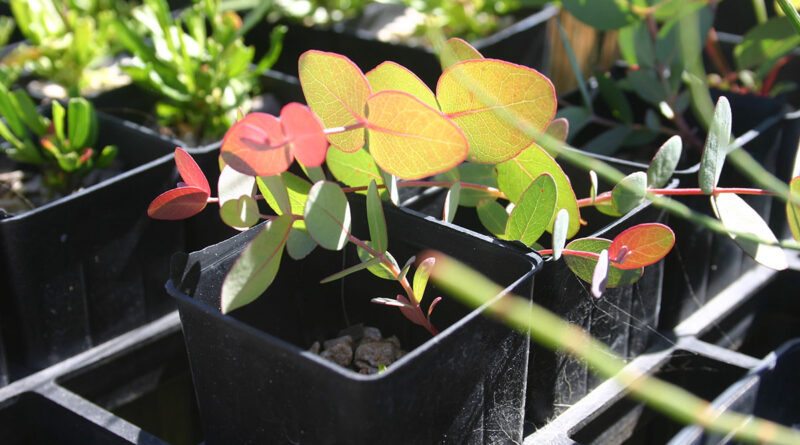The long-term benefits of planting trees and other vegetation are not limited to the aesthetic value of the resulting landscape. Ecosystems, climates, and biodiversity all greatly benefit from revegetation practices. Techniques used for efficient revegetation may help the planet recover from its current state of disrepair.
Understanding revegetation
The term “revegetation” is used to describe the action of restoring plants in formerly forested but now barren regions. The goal of this restoration strategy is to restore ecological health and vitality. There are several reasons why revegetation is so important. Soil erosion is reduced, water quality is improved, wildlife is protected, and the consequences of climate change are lessened since carbon dioxide is sequestered.
Site assessment and planning
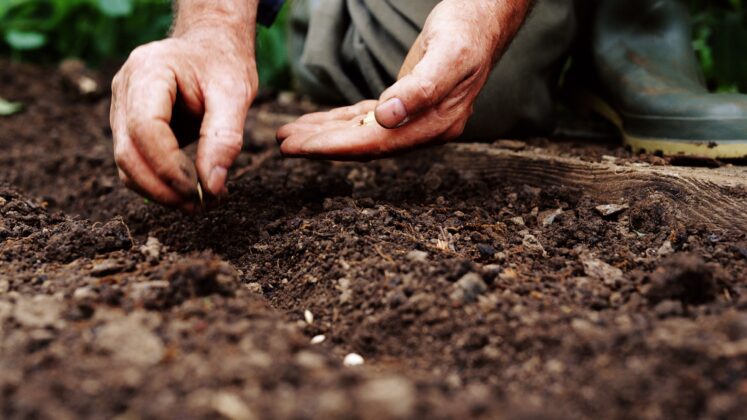
source: pinterest.com
Carefully evaluating the area to be revegetated is necessary before work can begin. The suitable plant species and cultivation methods may be selected with an awareness of the local environment, weather patterns, and already-established vegetation. Creating a well-organized revegetation plan is crucial for a positive result. Selecting species, planting them, caring for them, and keeping tabs on them should all be part of the strategy.
Direct seeding
In the world of revegetation, direct seeding takes center stage. This technique involves sowing seeds directly into the soil, proving cost-effective and ideal for large-scale restoration endeavors. Embracing direct seeding offers rewards, as it fosters better seed-to-soil contact, elevating germination rates. However, it necessitates meticulous timing and adequate protection from potential threats.
Vegetative propagation
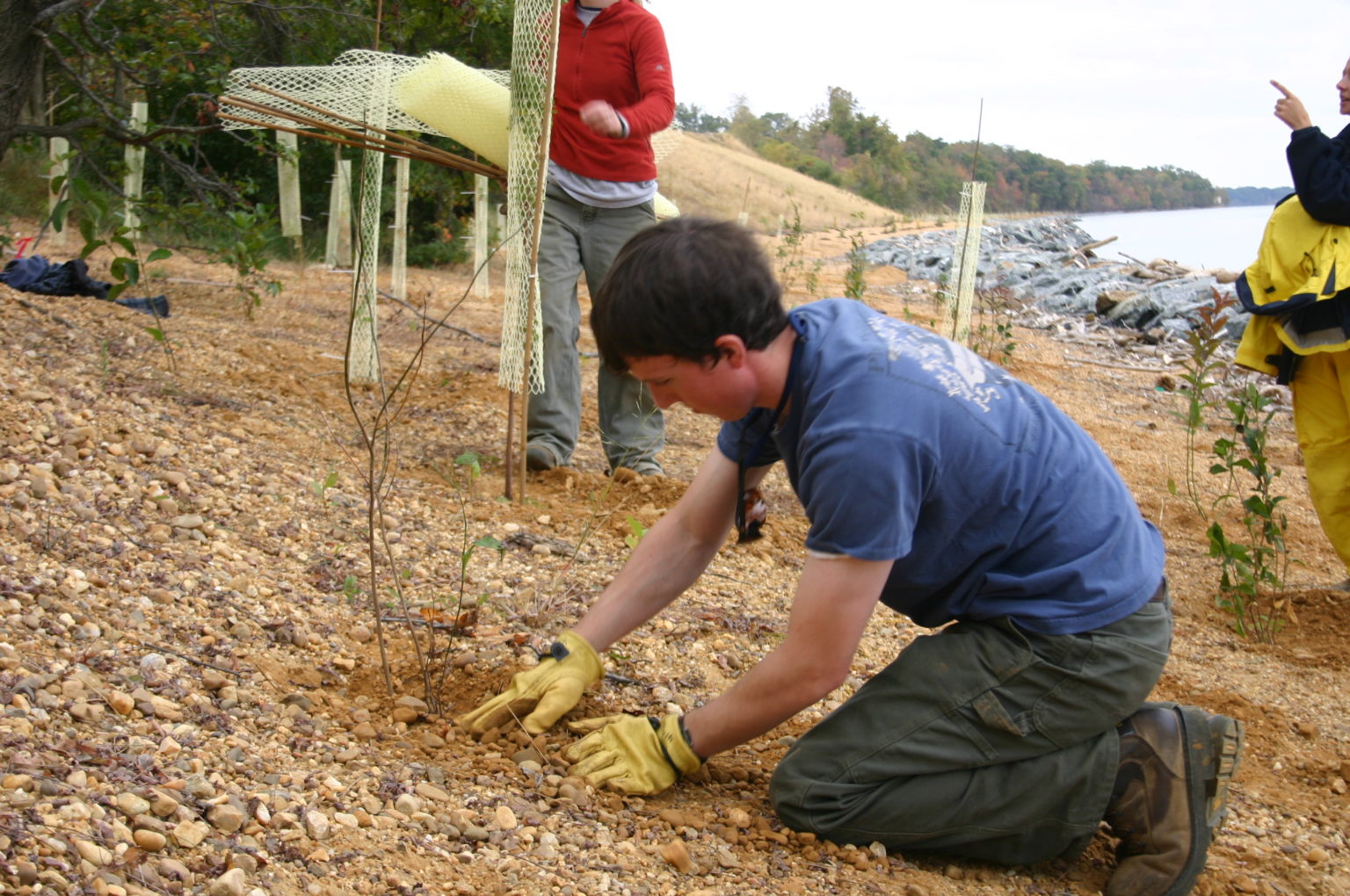
source: pinterest.com
Vegetative propagation is a powerful approach, birthing new plants from cuttings, rhizomes, or other vegetative parts of existing plants. This method guarantees the preservation of genetic integrity. Within vegetative propagation lies various techniques, including stem cuttings, root division, and grafting. The choice of method depends on the unique requirements of each plant species.
Mulching techniques
Mulching takes center stage in soil preservation, safeguarding moisture levels, suppressing unwelcome weeds, and granting tender saplings protection from harsh temperature fluctuations. Moreover, it enriches the soil by adding organic matter, facilitating the growth of beneficial microorganisms.
Mulching offers diverse materials, ranging from humble straw and wood chips to the natural allure of leaves or even the rugged practicality of gravel. The judicious choice of mulch hinges on project objectives and localized conditions.
Soil bioengineering
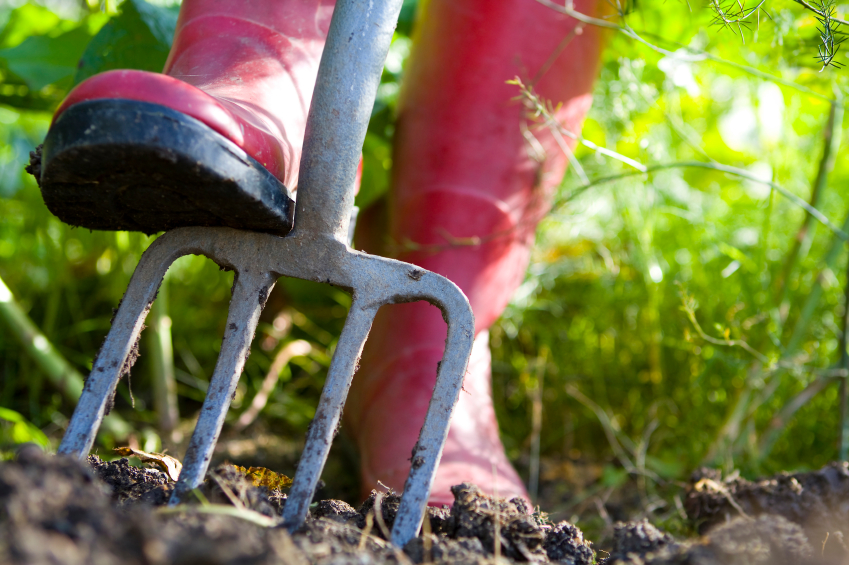
source: pinterest.com
The fusion of living plants with natural or synthetic materials marks the essence of soil bioengineering. This powerful amalgamation enables slope stabilization, erosion control, and the restoration of damaged ecosystems. Choosing suitable plant species represents a linchpin in soil bioengineering projects. The vitality of a sturdy root system cannot be underestimated, as it forms the very foundation of effective restoration efforts.
Hydroseeding
Hydroseeding is a fascinating technique where a mixture of seeds, mulch, and other additives is artfully sprayed onto the soil surface. This methodology ensures rapid and even seed distribution. The allure of hydroseeding lies in its speed and cost-effectiveness, making it an attractive option for large-scale projects. However, like any process, it requires diligent watering and meticulous care during the initial growth phase.
Assisted migration
Assisted migration involves relocating plant species to regions where they can thrive better under changing climate conditions. While assisted migration can benefit plant survival, it raises concerns about disrupting native ecosystems and introducing invasive species.
Use of mycorrhizal fungi
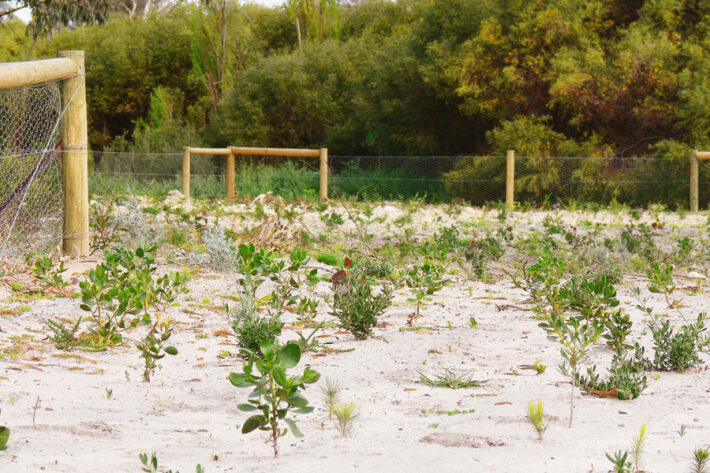
source: pinterest.com
Mycorrhizal fungi form a symbiotic relationship with plant roots, enhancing nutrient uptake and improving plant health. Incorporating mycorrhizal fungi into revegetation projects can significantly benefit plant growth and establishment.
Wildlife corridors
Wildlife corridors are natural strips that connect fragmented landscapes, allowing wildlife to move freely and maintain genetic diversity. It promotes gene flow, helps species adapt to changing environments, and contributes to ecosystem resilience.
Rainwater harvesting for revegetation
Rainwater harvesting emerges as a sustainable solution, capturing and storing rainwater to quench the thirst of plant life during periods of drought. Beyond fostering self-sufficiency, rainwater harvesting eases the burden on freshwater sources, bestowing the gift of sustainable water usage on our ecosystems.
Permaculture techniques
Permaculture weaves the wisdom of sustainable agriculture with the elegance of ecological design principles, birthing self-reliant and harmonious ecosystems. Permaculture principles hold biodiversity and long-term ecological equilibrium close to its heart, empowering us to transform landscapes with purposeful intent.
Native plant selection
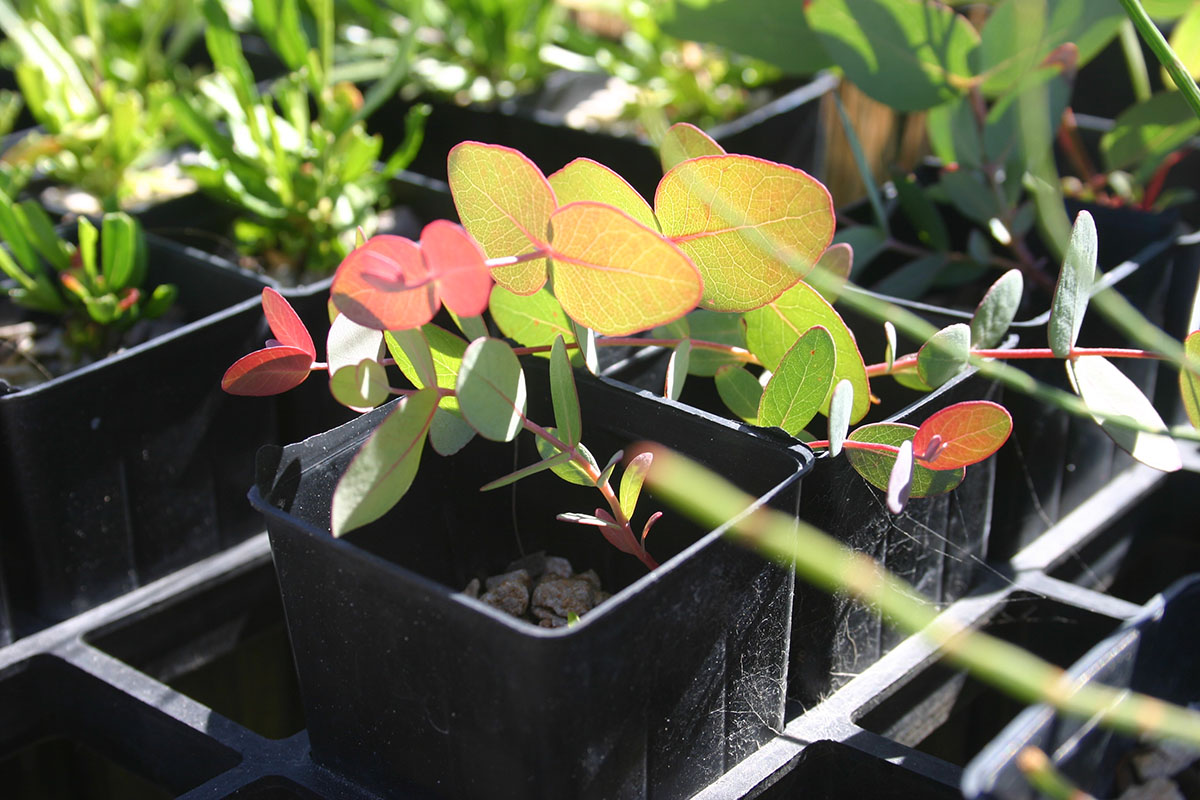
source: pinterest.com
Using native plant species ensures ecological harmony, as they are adapted to the local climate and support indigenous wildlife. Limited availability and potential habitat loss may pose challenges when sourcing native plant species.
Invasive species management
Invasive species can outcompete native plants, threatening ecosystem stability. Effective management strategies are essential. Integrated pest management techniques prioritize non-chemical solutions to control invasive species.
Monitoring and adaptive management
Regular monitoring helps assess the progress of revegetation projects and identify necessary adjustments. Adaptive management involves making informed decisions based on monitoring data to improve restoration outcomes.
Final words
Revegetation practices offer a pathway to a sustainable future and the restoration of ecosystems. By embracing these techniques, you can collectively make a tangible difference, breathing life into our planet. Work together with others to create a brighter future.

